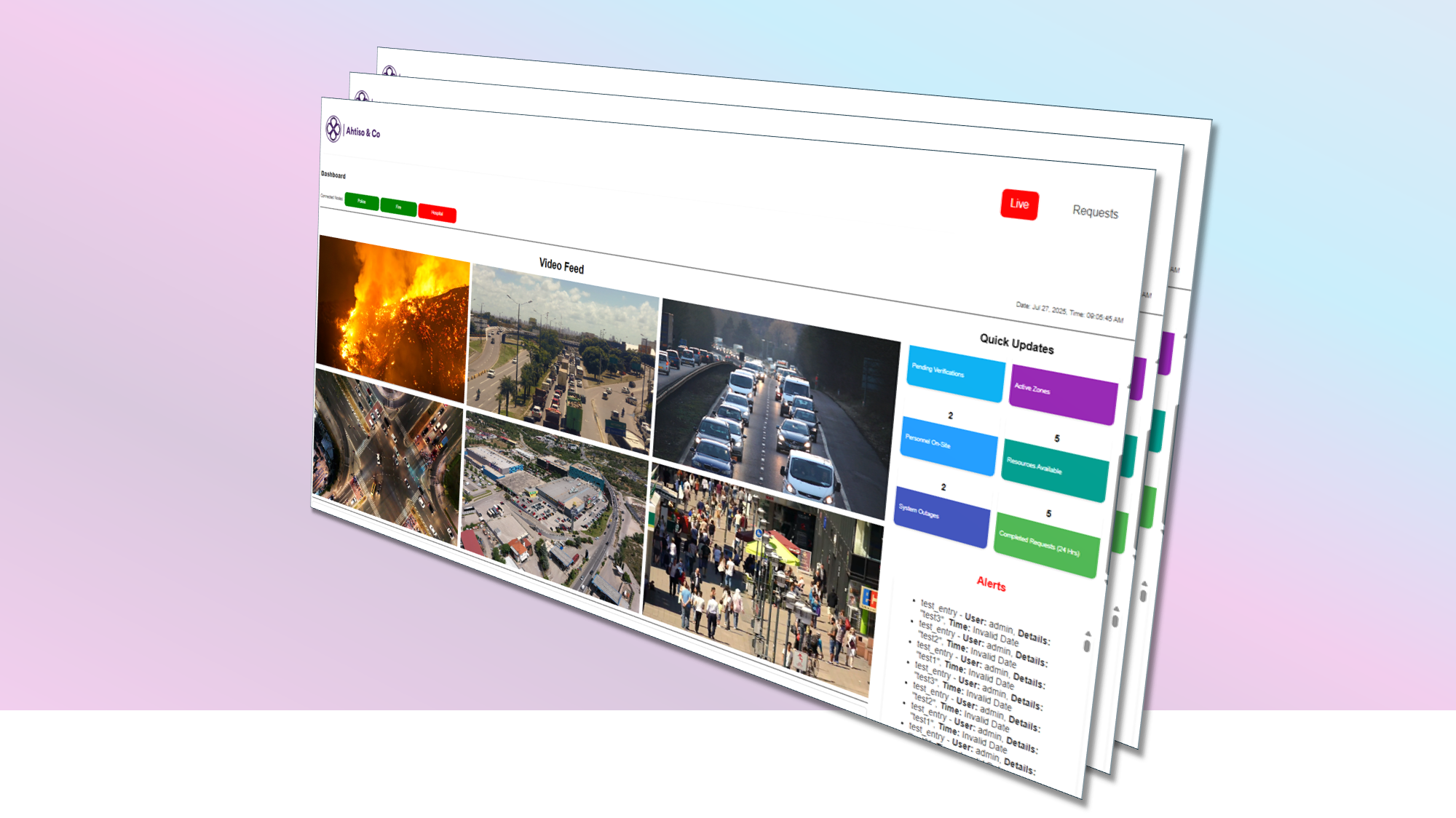
Context
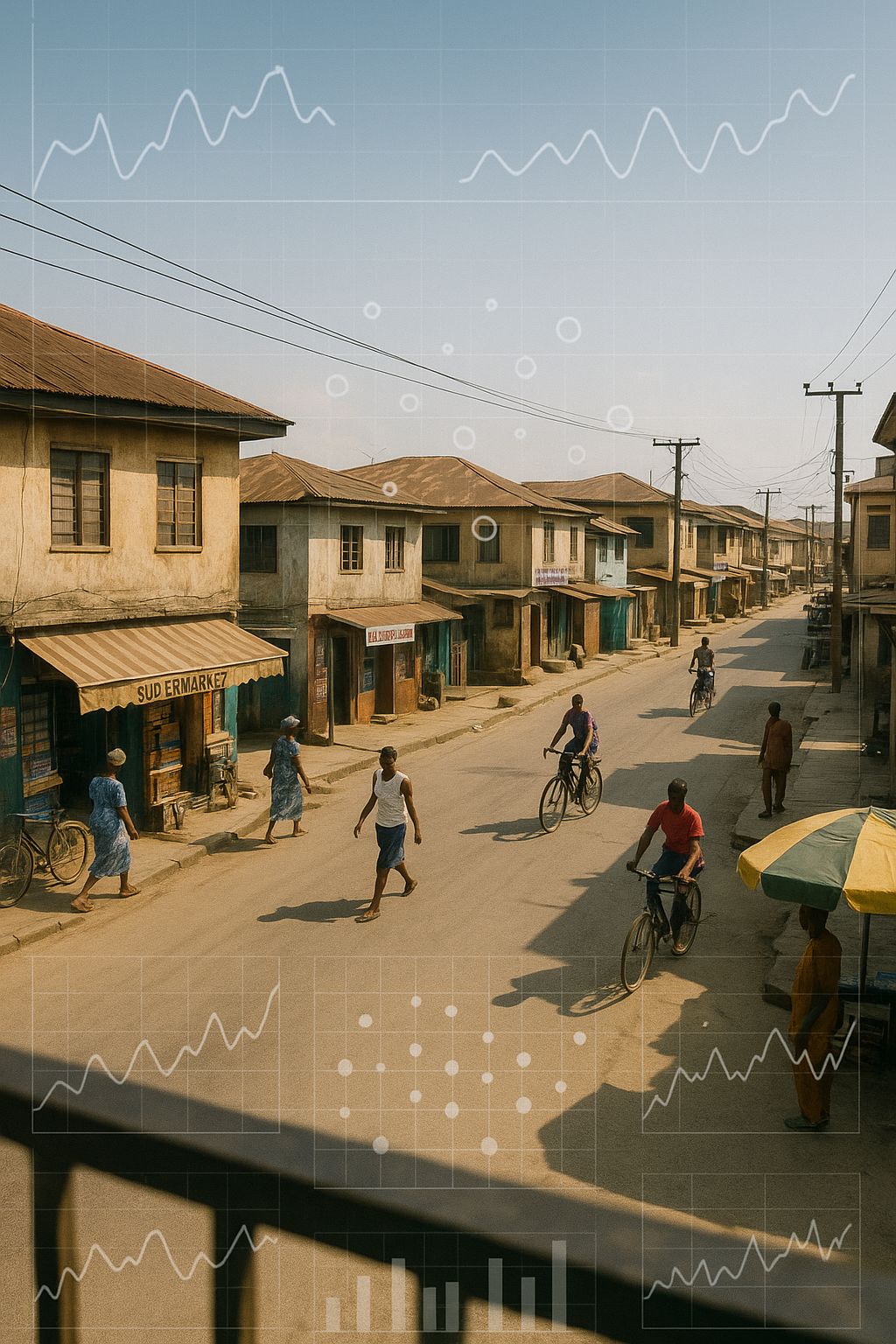
Emergencies and various other types of events require public authorities to respond rapidly to situations, but the speed and effectiveness of any response is affected by the reliable availability of information, the strength and efficiency of infrastructure, and the coordination of resources. Depending on the nature of any given situation, the speed of response could mean the difference between life and death for those involved, or the significant loss of resources. Limited infrastructure and the limited use of technology in these settings means that authorities are unable to respond as efficiently and effectively as they should. This leads to loss of life, loss of resources, damage to property and so on.
Our Solution
RACR leverages data technologies and decentralized systems to improve how data is generated, analysed, shared and acted on during emergency situations. The tool leverages technologies including the Internet of Things, Artificial Intelligence, Distributed Ledger Technology, and Blockchain Technology.
Benefits
Increase in Lives Saved During Emergencies
Assessments of injuries and people in danger can be done much quicker, resulting in a more targeted response that addresses the most critical needs first.
Increase in Data Availability and Integration
Data collected and assessed from a range of sources is available to better understand the causes and effects of emergencies. This data can also be used to assess the effectiveness of various response strategies.
Cost and Time Savings During Response
Cost savings from reduction in completely damaged or lost property. Time savings since initial assessments are automated and free up time for first responders to attend to the situation.
Improved System Resilience and Coordination
Improved effectiveness of rapid responses by public institutions. Even in instances where some entities are knocked offline (such as during a natural disaster), the system is resilient and can continue to function.
Users
This tool would work best when implemented by city, state and/or federal governments. The tool is an important step towards safeguarding life and securing property. It also introduces innovative technology that make any city more intelligent.
Use Cases
The RACR tool has applications in various settings including but not limited to:
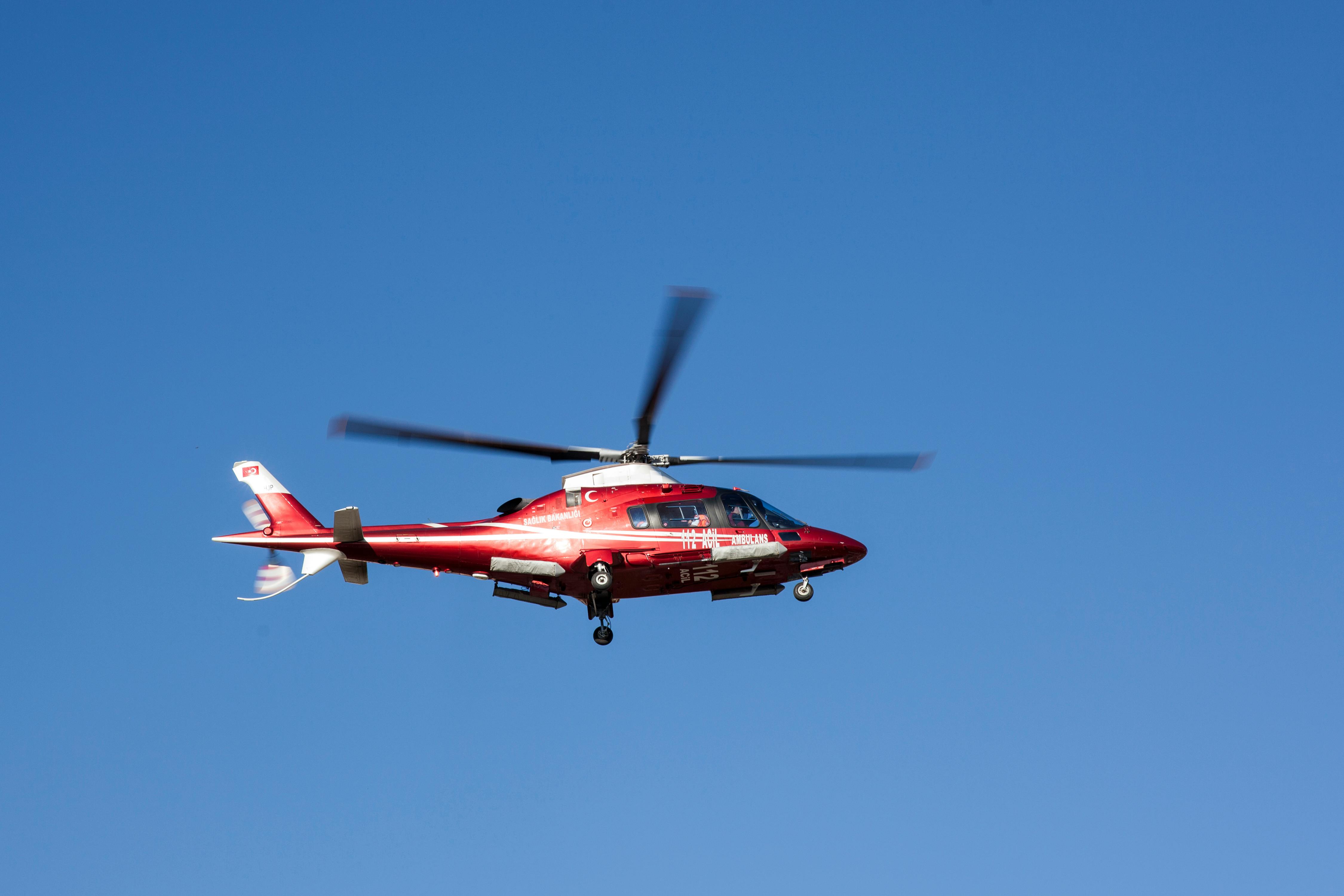
Urban emergency response
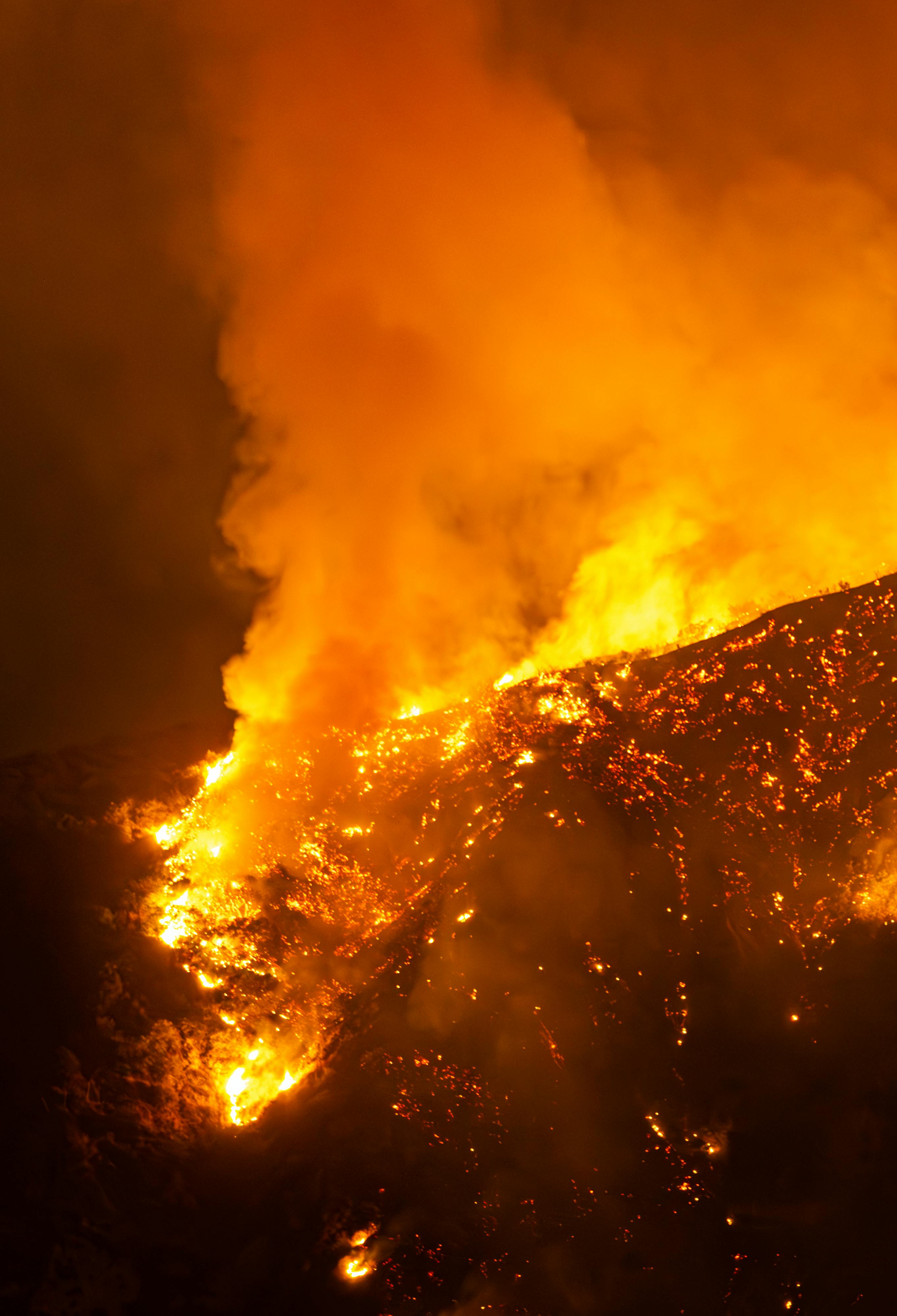
Natural disaster response
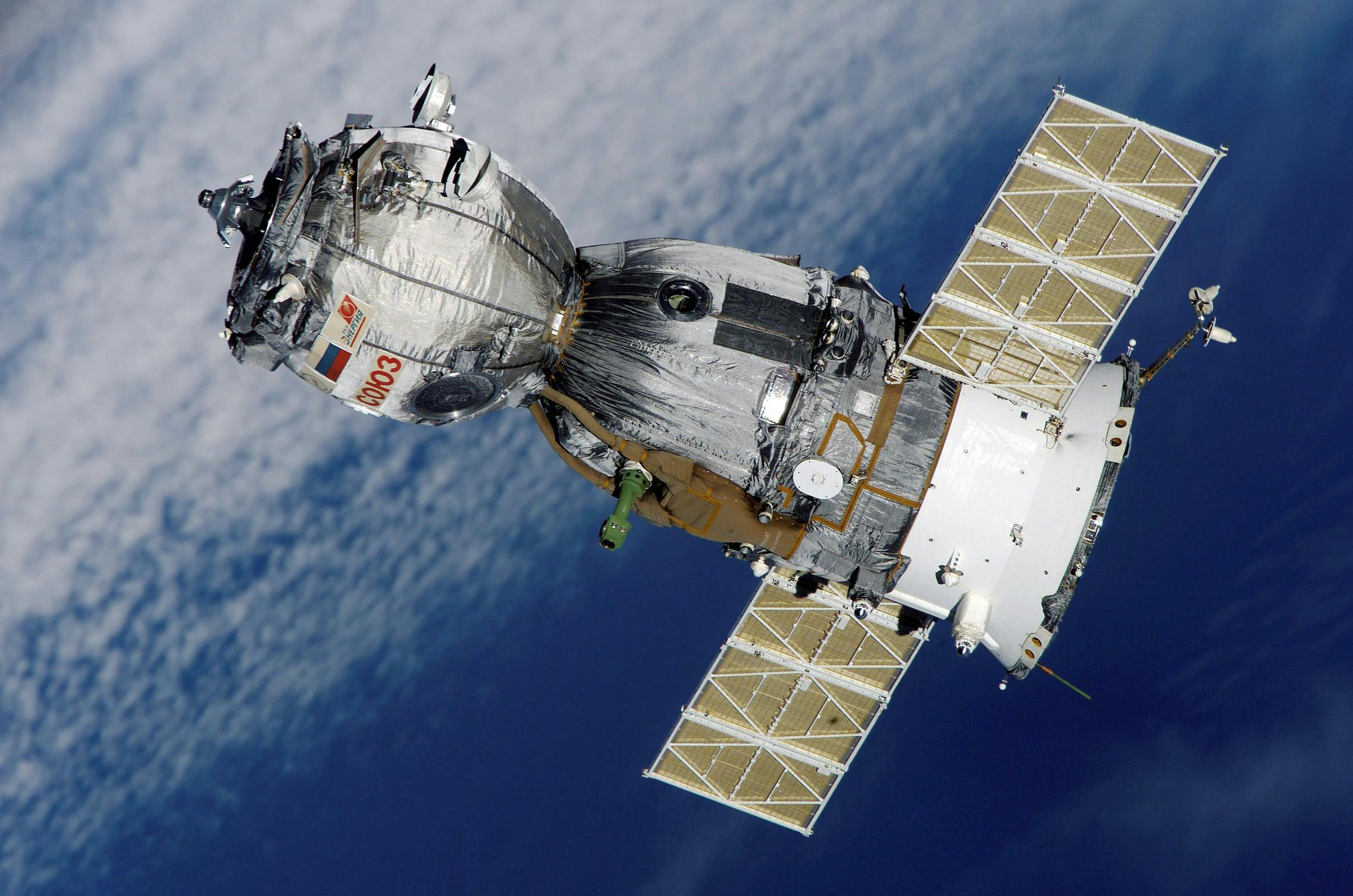
Tactical Coordination
Sample Use Case: Automobile Accidents
Data Generation, Collection and Assessment
In a car accident, sensors and dormant street cameras are activated when they spot the features of an accident. The scene is rapidly assessed, including the number of injured and assessments on the possible types of injuries. The assessment of the situation also includes identifying which stakeholders need to be notified, such as the closest or most relevant hospital, fire-service, police, etc.
Data Sharing and Collaboration
This information is sent in real-time to all the relevant stakeholders. This includes ambulance services who would receive an initial report on the situation and what the needs are. On arrival, ambulance services can then verify the initial reports and send an authentication to the designated hospital and/or other entities. This authentication is important to verify the initial reports that the hospital and/or other entities would have also received.

Get started with the most advanced emergency management system
